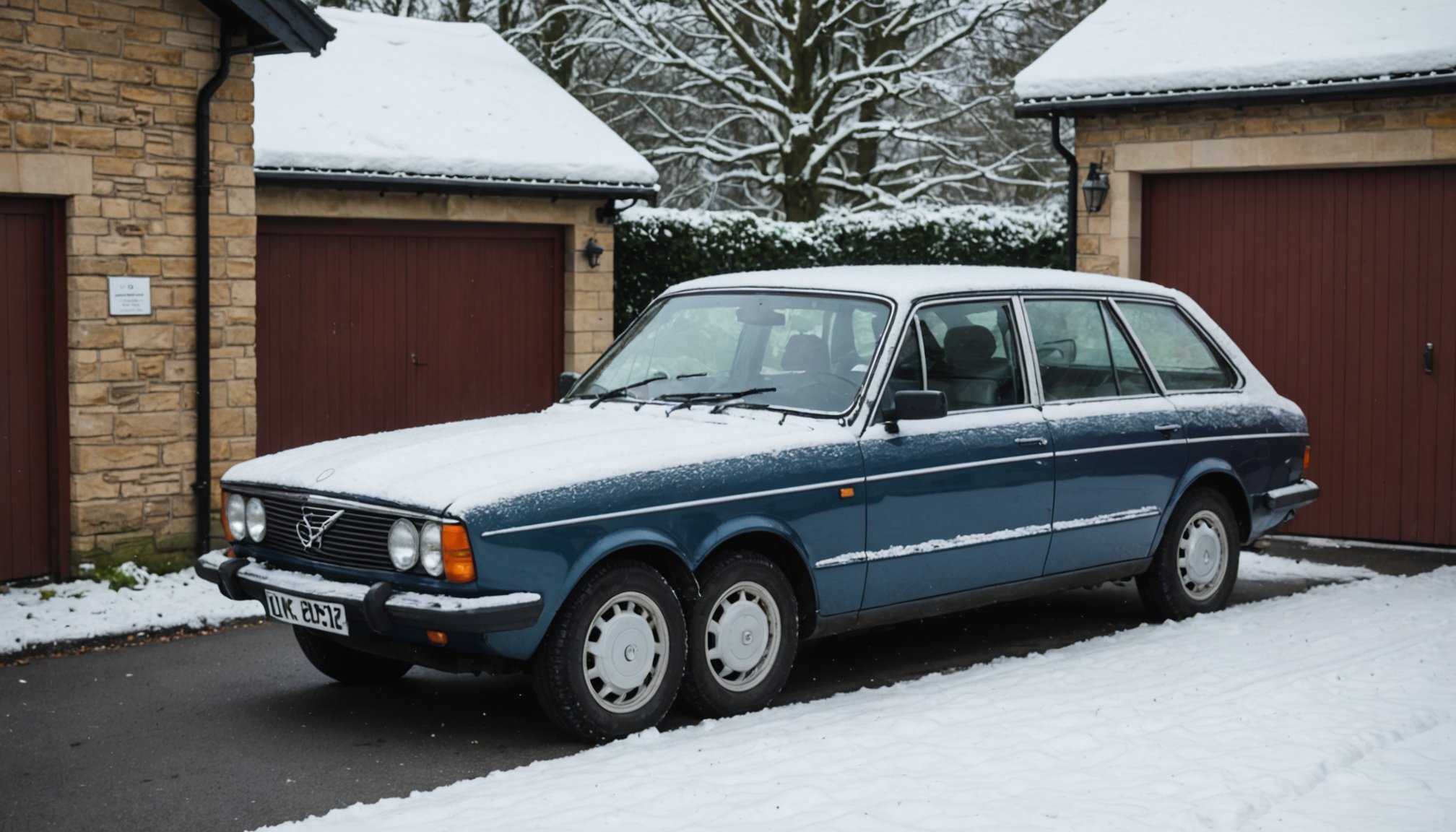As the mercury dips and the first flakes of snow start to fall, you may find yourself thinking about winterizing your car. In the United Kingdom especially, where the weather can be unpredictable and harsh during the winter months, it’s crucial to ensure that your car is ready for the cold. This is not just about comfort; it’s about keeping your vehicle running smoothly and safely when the temperature drops.
Preparing the Engine for Winter
The engine is your car’s heart and needs to be in prime condition to perform well in cold weather. There are several key steps you should take to ensure that your car’s engine is prepared for the winter months.
Have you seen this : What are the legal requirements for child seats in vehicles in the UK?
First, check your oil. Cold weather can cause the oil in your engine to thicken, making it less effective at lubricating the engine’s parts. A simple oil change may be enough to solve this problem, but in especially cold climates, you may need to switch to a winter-grade oil.
Next, have your car’s engine coolant checked. The coolant, also known as antifreeze, helps to keep your engine from overheating. But it also prevents the engine from freezing in cold temperatures.
Also to read : What are the key points in maintaining the hybrid components of a UK vehicle?
Lastly, it’s important to keep your engine warm. This can be done with an engine block heater, which is a small electrical device that you plug in overnight to keep your engine warm. While not necessary for all vehicles, this device can help to extend the life of your engine.
Checking Your Battery
The battery is another critical part of your vehicle that needs special attention during the winter months. Cold weather can place extra strain on your battery, and if it’s not in good condition, you may find yourself stranded with a car that won’t start.
To check your battery, start by inspecting it visually. Look for any signs of corrosion or damage. Next, check the battery’s charge. Your vehicle’s manual should provide instructions on how to do this, or you can take it to a mechanic.
If your battery is more than three years old, consider replacing it. While this may seem like an unnecessary expense, it can save you from the inconvenience and potential danger of a dead battery in cold weather.
Protecting Your Tires
Driving conditions can be hazardous in winter, with icy roads and poor visibility. Your tires play a vital role in keeping you safe, so it’s important to check them regularly.
Firstly, check your tires for damage or wear. If they are worn out, it may be time to replace them.
Secondly, check the tire pressure. Tires tend to lose pressure when the weather gets colder, so ensure they are properly inflated according to the manufacturer’s recommendations.
Finally, consider investing in winter tires. They have a special tread pattern and rubber compound to improve grip on snow and ice.
Keeping The Exterior Protected
The harsh winter conditions will be rough on your car’s exterior. Snow, sleet, and road salt can lead to rust and other damage if not properly managed.
One of the best ways to protect your car’s exterior is by giving it a good wax before the winter hits. This will create a protective layer that will help keep out the snow, ice, and salt.
Also, consider investing in a car cover. This can help to protect your vehicle from the elements when it’s not in use.
Ensuring Safety While Driving
Winter driving can be challenging, even for the most experienced drivers. Keeping your vehicle well-maintained will help, but there are additional steps you can take to ensure safety.
First, make sure your lights are working properly. With shorter days and longer nights, you will be driving in the dark more often.
Additionally, keep your fuel tank at least half full at all times. This will prevent the fuel lines from freezing.
Lastly, always have an emergency kit in your car. It should include items such as a blanket, food, water, a first aid kit, a flashlight, and flares.
Winter can be harsh, but with a little preparation, you can ensure that your car is up to the challenge. By taking the time to check your engine, battery, tires, and exterior, and by taking steps to ensure safety while driving, you can face the winter months with confidence.
Caring for Wiper Blades and Washer Fluid
Wiper blades are often overlooked when it comes to winterizing a vehicle. However, they serve an essential role in maintaining visibility during winter driving. With snow, ice and sometimes even freezing rain, your wipers need to be in top shape to clear your windshield effectively.
Begin by inspecting your wiper blades for any signs of wear and tear. Look out for cracks, splits or any other visible damage. Damaged wiper blades will not effectively clear your windshield, and could even scratch the glass. If your blades are worn or damaged, it’s time for a replacement. Consider investing in winter wiper blades. These are designed to resist the build-up of ice and snow, providing a clearer view in winter conditions.
Further, ensure that your washer fluid reservoir is filled with a winter-grade fluid. Unlike regular washer fluid, the winter variety contains an antifreeze component to prevent it from freezing in cold weather. This will enable you to clear salt, grime, and other winter road debris from your windshield.
Arranging Breakdown Cover
Despite your best efforts at winterizing your car, sometimes breakdowns do happen. Cold weather can exacerbate existing mechanical issues, or even create new ones. For your safety and peace of mind, it’s wise to arrange breakdown cover for the winter months.
Breakdown cover provides emergency roadside assistance. If your vehicle breaks down, a trained mechanic will come to your location to fix the problem. If the issue cannot be resolved on the spot, most breakdown cover will also include towing your vehicle to a garage.
Moreover, some breakdown covers also provide extras, such as a courtesy car, overnight accommodation or travel expenses if your vehicle cannot be repaired quickly. This could be particularly handy during the winter months, when you don’t want to be left stranded in cold weather.
When choosing your breakdown cover, remember to carefully read through all the terms and conditions. Make sure you understand what is covered, and more importantly, what is not. This way, you can be confident that you have the coverage you need, when you need it.
Conclusion – Preparing Your Classic Car for Winter Storage
If you’re the proud owner of a classic car, you’ve likely invested a lot of time, money and effort into maintaining it. During the harsh winter months, it may be wise to put your cherished classic car into storage, rather than risking the damage that can be caused by cold weather, snow, ice, and road salt.
Before putting your classic car into storage, take some time to prepare it properly. This could include cleaning it thoroughly, both inside and out, to prevent any dirt or grime from causing damage over time. It might also involve changing the oil, to ensure that your engine is protected from rust and other potentially harmful elements.
Additionally, you’ll want to check your car’s coolant. It should be a 50/50 mix of water and antifreeze. This will prevent the coolant from freezing, which could cause serious damage to your engine.
Lastly, consider investing in a high-quality car cover. Even in a garage, your classic car can be exposed to dust and moisture. A car cover will add an extra layer of protection, helping to keep your classic car in pristine condition until the weather warms up again.
Winterizing your vehicle may seem like a daunting task, but with careful preparation, you can keep your vehicle running smoothly and safely. Whether you’re braving the winter roads or storing your classic car, remember that the time and effort you invest now will pay off in the long run.










